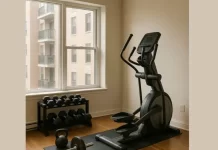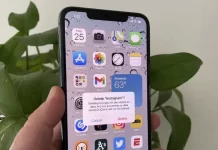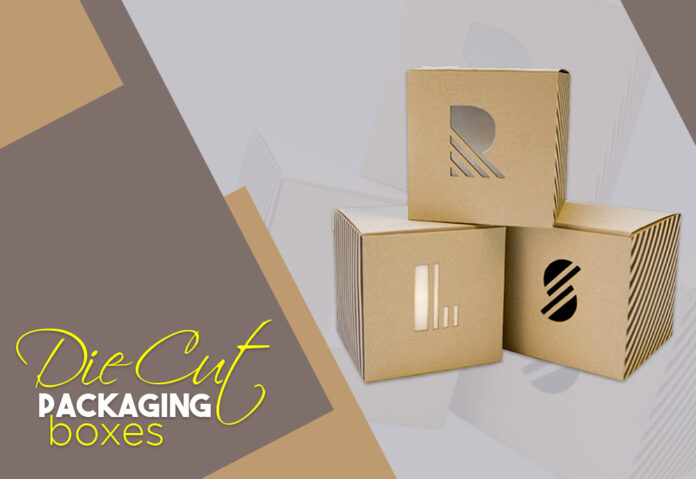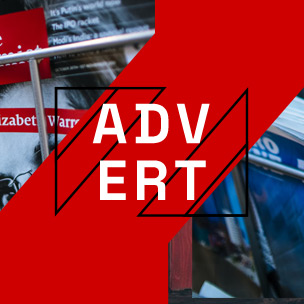Die-cutting is a commonly used manufacturing technique in packaging. The process involves the use of a die to cut the soft material in a variety of designs and shapes of your choice. It is especially beneficial for the mass production of custom packaging. Adie-cut packaging is easy, fats, and more cost-effective to create a customized packaging solution at a large scale. A cutting die is a giant cookie cutter that is pressed into the material to create the desired shape. Die-cutting originated in the shoemaking industry and has come a long way. Initially, it was designed to aid the mass production of packaging but developed into a versatile fabrication process. You can virtually create any design or pattern by using it. To ensure precision accuracy custom steel die and advanced die-cutting machines are used. Let us have a look at some effective designing tips for creating perfect die-cut packaging.
Use Computer-Aided Design (CAD):
The developments in technology have made it possible to create the most effective and accurately designed custom die-cut boxes. The packaging outline is generated by using a Computer-Aided Design (CAD). In this process, the digitalized drawing is transferred on a piece of hardwood, also known as a die board. It is the most sophisticated method for drawing the designs as burning onto the wooden surface can become more effective by using state of art laser cutters. The use of laser in this process ensures greater efficiency and finish. The cutting dies also uses a strip of metal named steel rules which bends, cuts, and notches the material into the shape needed.
Experiment with Different Cutting Rule Options:
When it comes to creating die cut boxes , a variety of cutting rules can be used. Each of them has its function. You can choose the one depending upon the complexity of the packaging. Here are some of the most commonly used ones:
- Through Cutting: Simple cuts are made through the packaging material.
- Scoring: Rather than cutting the whole material, scoring it well leaves an impression indent or a partial cut on the stress point.
- Creasing: Creasing is similar to scoring as it creates a fold line on the packaging material. However, unlike scoring, creasing allows inward bending by creating two parallel stress points. These two stress points create better flexibility for the material.
- Perforating: Perforating involves making a line of holes along with the material. The design does not separate from the material but can easily be detached along the perforated lines.
Choose the Die-cut Machine Depending upon the Complexity of Packaging Design:
A die-cutting machine presses the die firmly into the packaging material, resulting in the desired cut-out shape. However, it is recommended to choose a die-cut machine wisely depending upon the complexity of your packaging design. Ranging from simple to complex, this cut-out has few to several lines, creases, and folds. They are used to assemble the packaging by hand. The extra material is gathered up and goes through the recycling process to be used again. Making individual dies for every piece of packaging proves costly. However, this price can be offset when your business gets multiple orders of the same packaging over time.
Consider Different Die-cutting Techniques:
Die-cutting is still very manual. Although the packaging manufacturers use technology in the process to make it a little faster and facilitate its mass production still it has to use a manual-built cutting die. The two most commonly used die-cutting techniques are:
- Flatbed Die Cutting: A flatbed die is made from a flat, rectangular piece of hardwood containing the desired unique shaped die. It involves using a cutting die that is firmly pressed into the cardboard or any other required material by a flatbed machine. Such machines have a small blank size, so they are not usually suggested for large designs. However, they can easily make intricate, detailed designing including small and narrow cuts and slit scores.
- Rotary Die Cutting: Rotary cutting dies are made with a cylindrical press. They are rolled over the material rather than pressing down like a flatbed dies cutter. This die-cutting technique is quicker and ideal for mass production of simple and less complicated designs. Some rotary die-cutting machines can also perform two functions simultaneously, like embossing, and lamination, etc. Although it produces higher volumes at a faster rate, rotatory die-cutting is not always the best option. The type of technique you choose depends upon the design and functionality of the packaging.
The developments in technology within the packaging industry have digitalized the die-cutting process. Although traditional methods are still popular and most frequently used; now with the help of advanced machines, the process has become easy. The computerized controls and lasers are used to create the cuts instead of steel rules.
Enhance the display by adding Finishing Touches:
Die-cutting allows you to create uniquely styled custom die-cut boxes. Intricate and sophisticated design in luxurious packaging creates a touch of elegance to leave a long-lasting impression on the user. What if you take this luxurious style a step further? By applying special finishing effects you can attract the customers more and impact their future buying decisions. Let us have a look at some of the most popular finishing options:
- Embossing: It is a printing technique that creates a raised print higher than the surface of the packaging. Embossing creates an elegant finish that is not only seen but felt too. High pressure is used to create this embossed effect. You can design your custom die-cut packaging in the same way by using debossing. In this, the design is pressed underneath to create an indented look. Whether you use an embossed or debossed finish, it couples best with high-quality die-cut packaging like a rigid box.
- UV Print: UV printing uses ultraviolet curing technology. As your custom die-cut boxes pass through the printer, they receive the wet ink which is immediately being exposed to UV light. Exposure to this UV light dries up the ink instantly. This prevents the seepage and spreading of ink. The method creates sharp and vibrant printing results that accompany well with customized die-cut packaging.
- Hot Stamping: Hot stamping is a finishing technique for creating custom packaging. It uses high temperatures for gluing the foil or the dry paint into the desired shape. The finishes are pressed down with a die which transfers the heat. Hot stamping is often seen pairing well with embossed or debossed die-cut boxes.

























